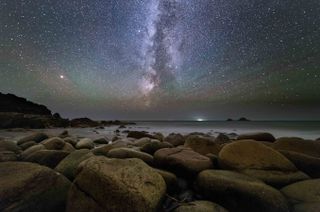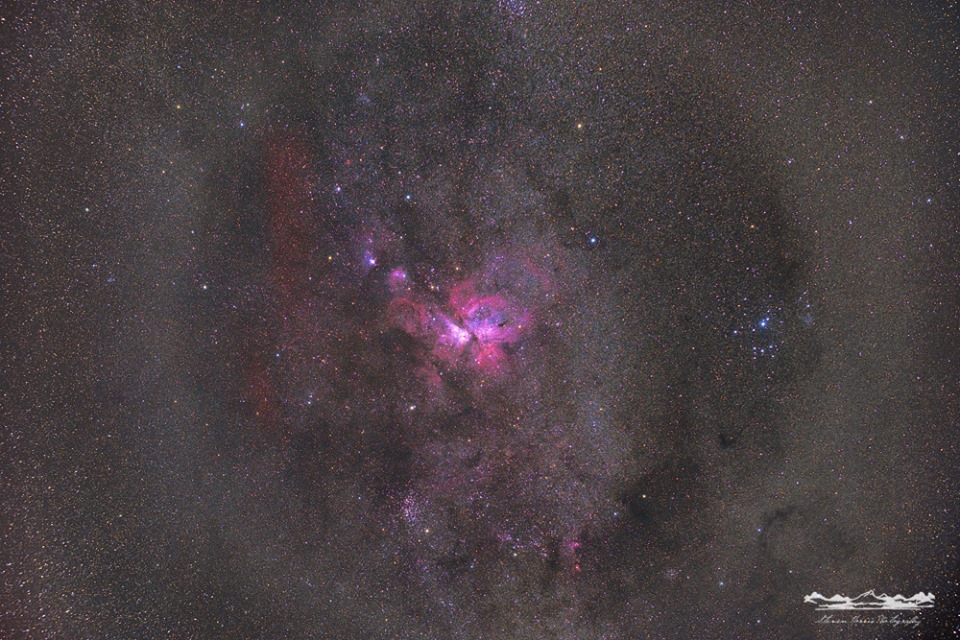
#Nikon z6 astrophotography settings iso#
Suggest ISO values for Sony Suggested ISO values You can find the list for Canon and Sony models here: A lot of Nikon cameras are basically ISOless and therefor will show a linear graph right from the first ISO values. These are the noise values where we call a sensor ‘ISO-less’. This indicates the point at which the upstream noise swamps the downstream noise and all we do is amplify the signal and the noise, hurting our dynamic range. You can check the graph and look for the point in the curve where the linear trend starts. These charts are not always really clear and there is a better way to show which ISO value you want to use graph the dynamic range versus the ISO values (on logarithmic scale). I stated that you can go to and look at the read noise chart for your camera. Remember ISO does not increase the sensitivity of the camera, increasing it doesn’t capture more light while decreasing dynamic range will hurt our images for instance in star color.

Any ISO value beyond this one has no additional benefit and only decreases Dynamic Range.

Some might wonder about unity gain as well, but you can read here why you shouldn’t worry about unity gain.īasically it comes down to finding the ISO value from which the upstream read noise will swamp the downstream read noise. It all comes down to finding the ISO value that is the best mix of read noise and dynamic range. In a previous article I explained in detail what ISO does in the camera and what, in general, is the best ISO value to use for astrophotography.


 0 kommentar(er)
0 kommentar(er)
